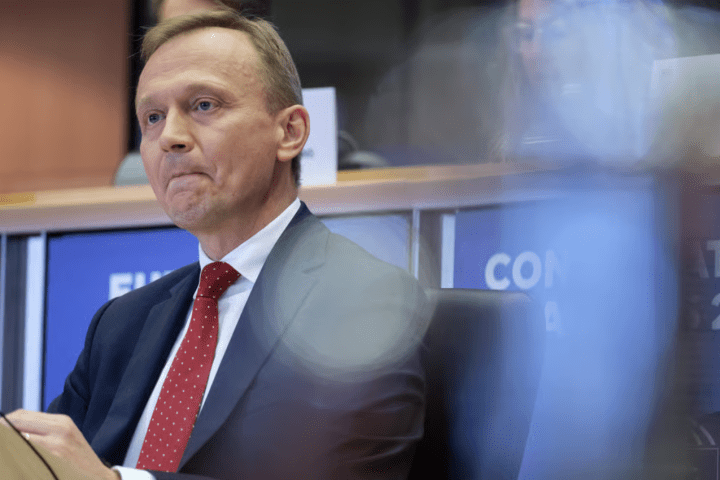Dollar steadies but bearish trend still dominates.
The U.S. dollar has managed to hold steady after one of its sharpest declines on record earlier this year. But analysts warn the currency is still caught in a bearish trend, with structural risks pointing to further weakness.
The index (.DXY) fell roughly 11% in the first half of the year, one of the steepest drops since records began. Recent weeks have brought some stability, thanks in part to a sharp fall in speculative short positions. Data from the CFTC showed net shorts shrinking to $5.7 billion last week, compared with $21 billion in late June.
Many investors see this not as a turnaround but a pause. Concerns over America’s twin deficits, the possibility of deeper Federal Reserve rate cuts, and a shift in global hedging strategies all weigh on the greenback. “The dollar is in decline, and this is not over,” said Francesca Fornasari of Insight Investment.
Fed policy and labor market concerns
Soft labor data gives the Fed room to cut more aggressively, eroding the yield advantage that once supported the dollar. “Markets are now asking how weak the U.S. labor market could get, and what that means for Fed policy,” said Paresh Upadhyaya of Amundi, who sees further cuts through the end of the year.
Global hedging pressure
Years of U.S. outperformance left global portfolios heavily exposed to American assets. Recent turbulence has already prompted some asset managers to hedge more actively, selling dollars through forwards and swaps. Deutsche Bank analysts say that if foreign investors reduce exposure in size, the dollar could face another sharp fall.
Longer-term outlook
While stronger-than-expected GDP in the second quarter offered some relief, strategists caution that the U.S. dollar remains expensive compared with many peers. ScotiaBank’s Shaun Osborne expects another 5–7% drop against major currencies over the next year. “We’re still not close to a neutral level for the dollar,” said Amundi’s Upadhyaya.
We noted earlier that economic uncertainty is the dominant economic situation at the moment. Inflation is at a 20-year high, and market stagnation is affecting everything from grocery shopping to technology and cars.












